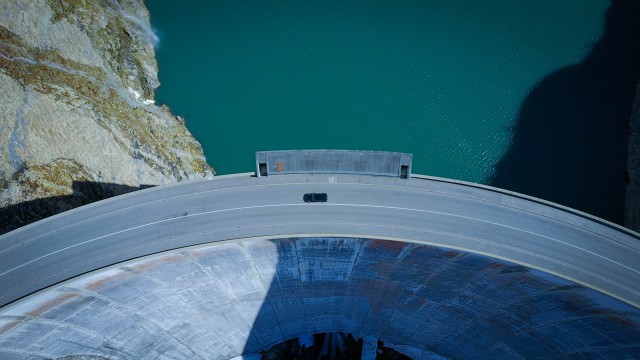Choice Of Types Of Dam
The choice of types dam according to their topography, particle in earth, shape, spillway, stability, areas, etc. are described below.

A. According To Topography
- For sloped earth surface – Earthen dam.
- For a rigid area – Concrete overflow dam.
- For valley area – Arch dam.
B. According To Particle in Earth
- Good soil areas – Any types of dam.
- In granite, basalt areas – Concrete gravity dam.
- Alluvial areas – Earthen dam, Down concrete dam.
- Clayee areas – Earthen dam.
C. According To shape And Position Of Spillway
- For large spillway – Overflow concrete gravity dam.
- For small spillway – Earthen dam.
D. According To Breadth And Height Of Dam
- Large in length and small in height – Earthen dam.
- Large height and small length – Concrete gravity dam.
E. According To Stability
- For some time – Timber dam.
- For middle time – Earthen dam.
- For a long time – Concrete gravity dam.
F. In Earthquake Areas
- Earthen or concrete gravity dam.
Read More: